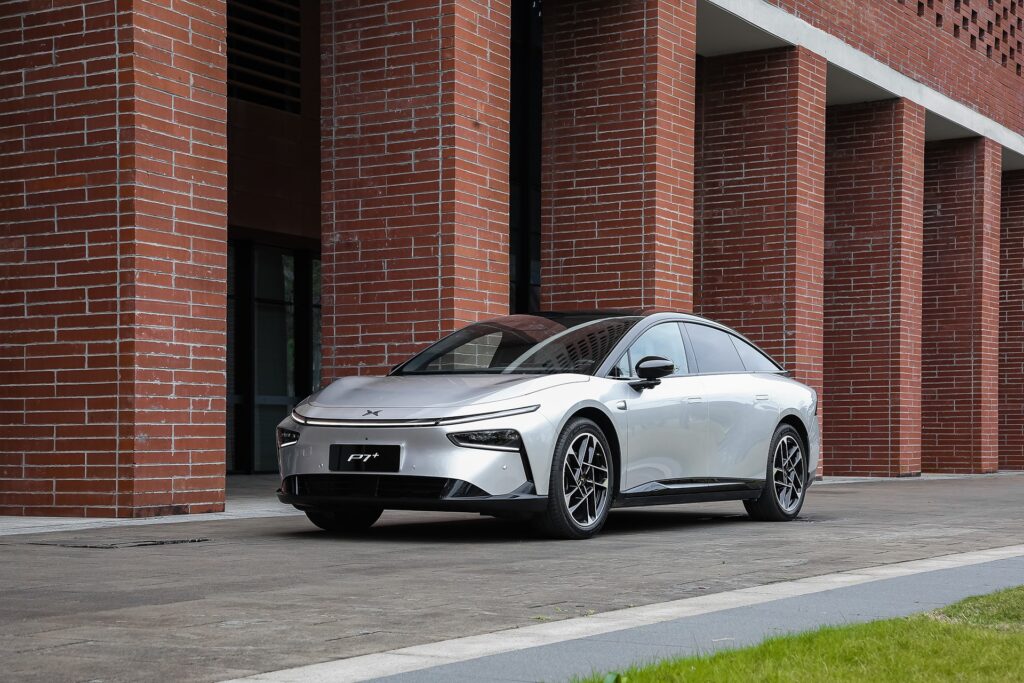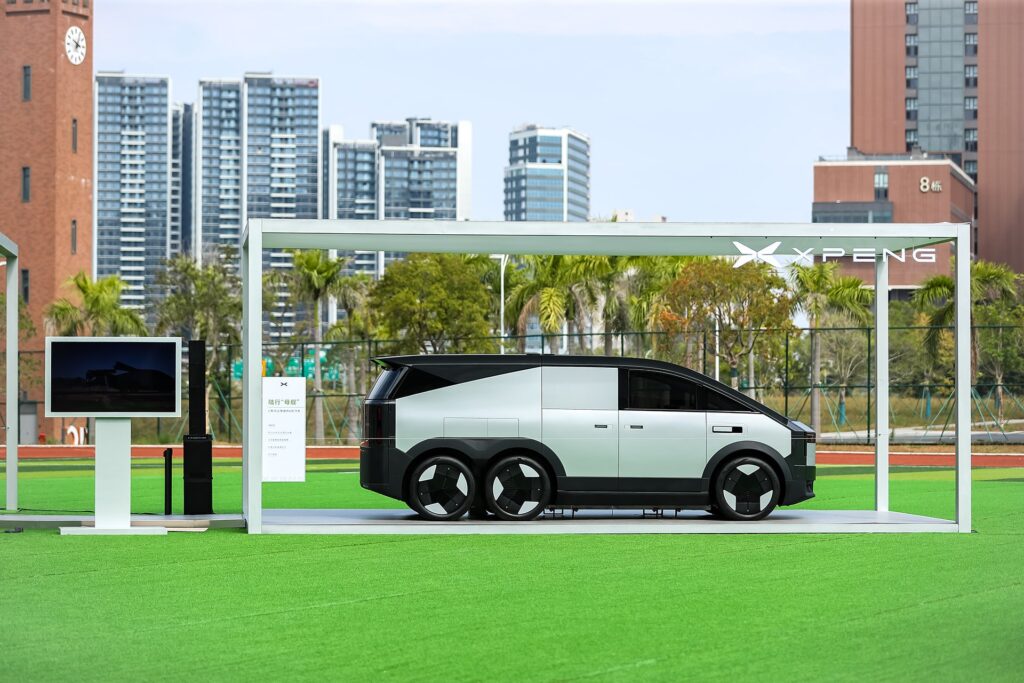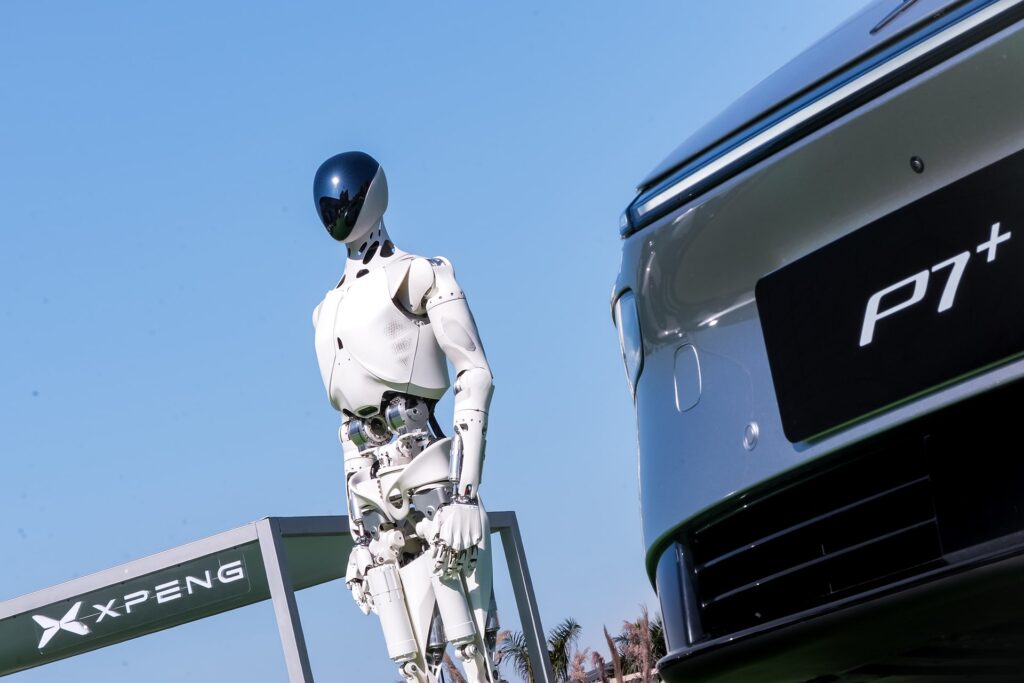Xpeng Motors pulled back the curtain on a suite of new technologies at its AI Day event, spanning electric vehicle charging, autonomous driving systems, and air mobility. The event was a statement of intent as the Chinese EV manufacturer demonstrates its drive to expand its technological reach and market influence.
Kunpeng, a “super electric system,” is Xpeng’s latest approach to tackling the persistent challenge of EV charging speed. Built on an 800-volt silicon carbide platform, Xpeng claims the Kunpeng system adds one kilometer of range per second, reaching 80% charge in just 12 minutes. Supporting this are Xpeng’s new S5 liquid-cooled supercharging stations, designed to handle the rapid charge cycles Kunpeng demands.
The Kunpeng system also includes an AI-driven “battery doctor” feature which actively monitors each battery cell’s health, potentially extending overall battery life by up to 30%. In addition, the system integrates a hybrid silicon carbide coaxial electric drive and a noise-reducing range extender, reportedly dropping sound output to just 1 decibel. Altogether, Xpeng projects Kunpeng will provide over 1,400 kilometers of range per charge—an asset for drivers covering long distances and those in regions with limited charging infrastructure.
Xpeng also introduced Turing, its intelligent driving system centered around its in-house Turing AI chip. This chip handles models with up to 30 billion parameters, which Xpeng claims consolidates the processing power of three high-performance chips into one.
Running on the Canghai platform, Turing enables Level 4 autonomy, intended for hands-free driving in controlled environments. Xpeng states that Canghai processes camera data 12 times faster than prior models, offering faster response times, especially in dynamic urban settings. Operating on a cloud-based model, Canghai can continually update, allowing Xpeng’s autonomous vehicles to adapt to evolving conditions without requiring shop visits.

For in-cabin intelligence, Xpeng unveiled AIOS, a new operating system powered by GPT-4o models. Dual Turing AI chips drive the system’s adaptability, supporting driver preference-based optimization across route planning, climate control, and media settings. Xpeng also plans to offer AIOS as a chip upgrade for existing users, making its new features accessible without requiring a vehicle upgrade.
Beyond road applications, Xpeng presented its robotaxi concept, designed around the Turing chip and Canghai platform for full autonomy in urban environments. The robotaxi includes additional hardware redundancies to enhance safety in complex settings.
Xpeng also showcased its modular flying car, which uses single-stick control designed for simplicity in flight. A public flight demonstration is slated for later this month, with presales expected in December.

Further expanding into robotics, Xpeng introduced Iron, a humanoid robot intended for internal use in Xpeng’s factories and stores. Built with over 60 joints and 200 degrees of freedom, Iron reflects Xpeng’s application of AI capabilities to practical, adaptive robotics for industrial use.

Together, these new offerings underscore Xpeng’s evolving strategy in an increasingly saturated EV market. By broadening its capabilities, Xpeng is evidently playing to a broad field, aiming to tap multiple segments and sustain its growth trajectory.
